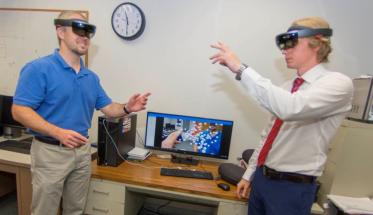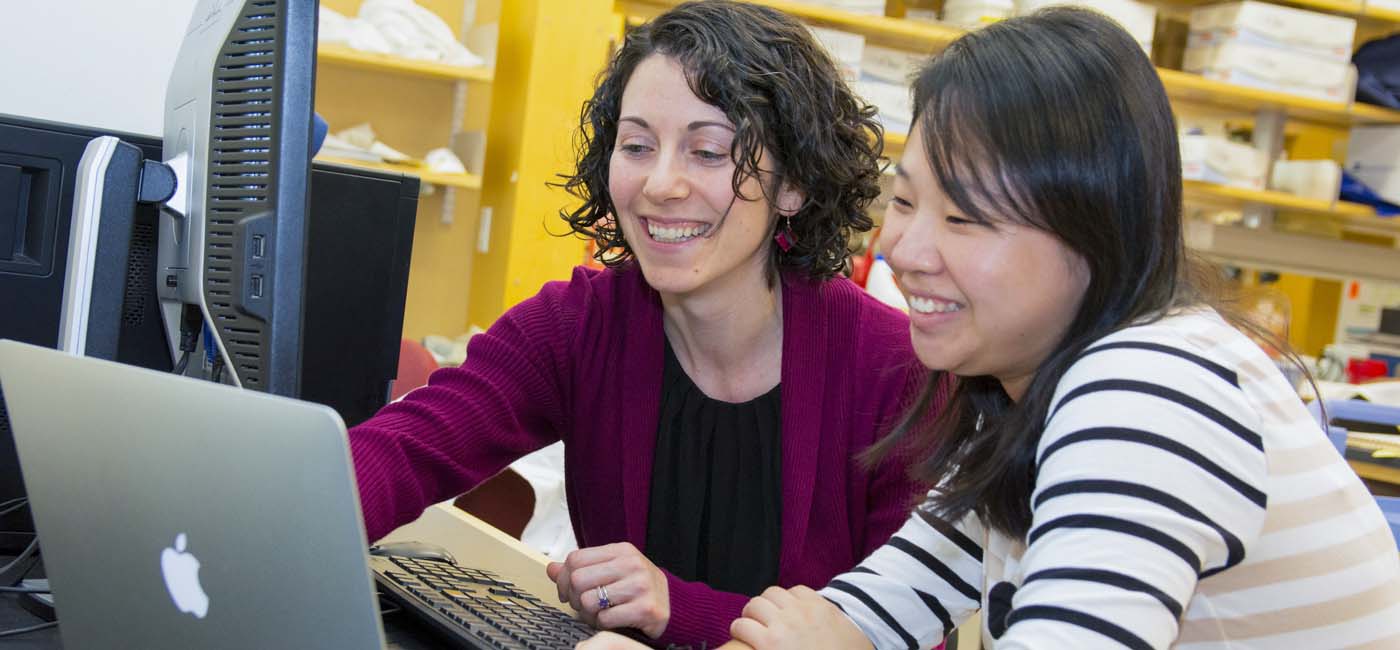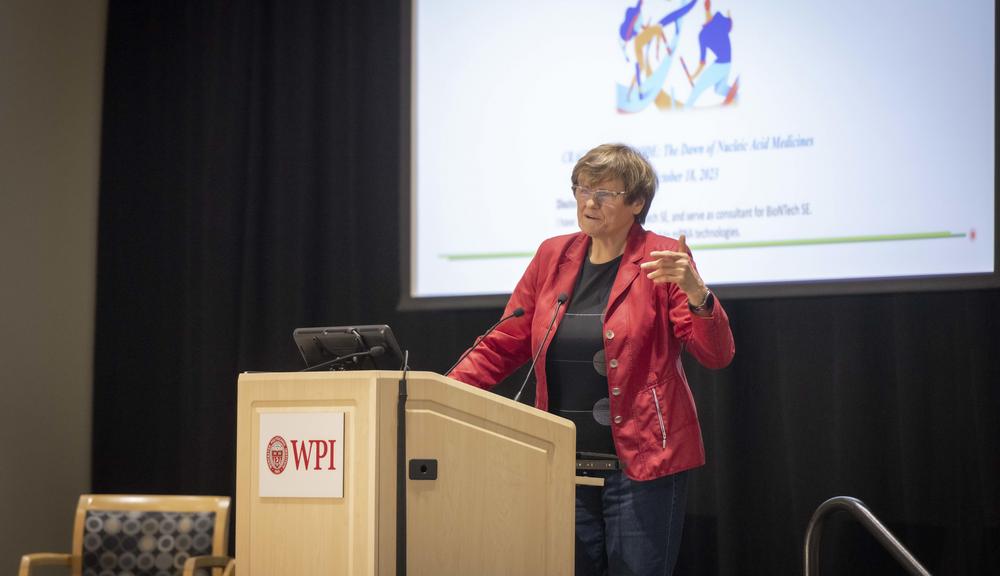They call it the “hairy ball.” It’s an unflattering name for two-dimensional representations of a complex biological network, a depiction of a system of linkages and connections so complex and dense that “it looks like a big mess,” said Dmitry Korkin, PhD, associate professor of computer science at Worcester Polytechnic Institute (WPI) and director of the university’s bioinformatics and computational biology program.
Korkin’s mission is to tame this mess by developing new ways of “seeing” complex biological networks, methods that enable researchers to focus on the most important information and connections—to see the trees through the forest. The visualization tools he is developing may hold the key to finding critical links between proteins and genes related to complex disorders like cancer, diabetes, and autism spectrum disorder.





